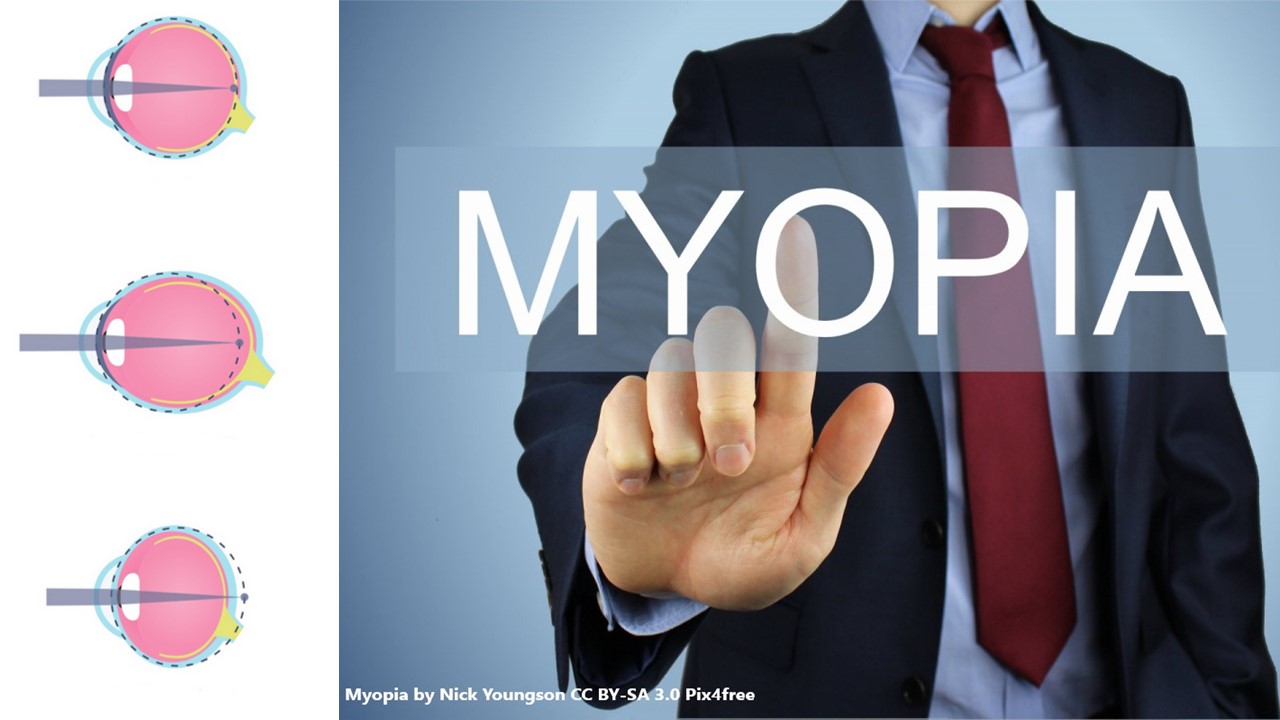Unraveling Emmetropization: Insights and New Questions on Myopia
Mechanisms of emmetropization and what might go wrong in myopia
In their highly insightful review, Frank Schaeffel (Corresponding author at: Section of Neurobiology of the Eye, Institute for Ophthalmic Research, Centre for Ophthalmology, University of Tübingen) together with Barbara Swiatczak (Myopia Research Group, Institute of Molecular and Clinical Ophthalmology Basel (IOB), Switzerland) provide an important overview on myopia, proposing key questions that could stimulate new research directions for treatment.
The publication begins with an analysis of the process of emmetropization (normal, clear vision), a phenomenon that occurs during postnatal development within a closed feedback loop involving both growth-stimulating and growth-inhibiting mechanisms of the sclera. These mechanisms vary genetically, biochemically, pharmacologically and in terms of environmental inputs.
Despite its importance, the inhibitory mechanism has been largely overlooked, highlighting the need and importance of this review, an essential reading for all myopia scientists.
A pressing question is why this closed feedback loop fails to recognize and correct the onset of myopia. If the eye's growth control system is so precise, why doesn’t it halt the progression of myopia? Furthermore, why does undercorrection—using glasses that are too weak—not effectively mitigate myopia?
To address these questions, the authors conducted four independent experiments, each shedding light on the retina's response in myopic eyes. Their findings reveal that the retina in myopic eyes fails to detect when the focal plane is in front of the retina, resulting in no generation of growth-inhibiting signals. Specifically, they observed: No choroidal thickening in myopic eyes 1) when viewing movies with plus lenses, 2) with plus lenses under red light, 3) with simulated chromatic aberration while watching movies, 4) when the macula is exposed to red light
In contrast, these responses occur in emmetropic (normally sighted) eyes, where choroidal thickening typically precedes the inhibition of scleral growth.
This absence of response in myopic eyes could explain why myopia does not self-correct, why undercorrection is ineffective, and why optical interventions to inhibit myopia have limited success.
These findings highlight the necessity of continuing research to answer two key questions:
1. What exactly has changed in the myopic retina so that imposed positive defocus no longer generates a consistent eye growth-inhibiting signal?
2. When does this change occur—before or after myopia has started?
Here is the link to the original publication Mechanisms of emmetropization and what might go wrong in myopia.
Figure “Myopia” by Nick Youngson CC BY-SA 3.0 Pix4free




